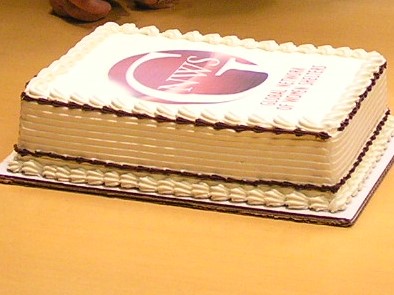Before I analyse the scope of European patent protection, the three legal constructs of a patent must be explained in general. Firstly, an ‘invention’ is a mental construct inside the mind of the inventor, with no physical substance. While an ‘embodiment’ of the invention is a physical form of the invention (a tangible or visible form of an idea). The ‘claim’ protects at least one embodiment, but the best patent claims protect the whole invention.( ie, the inventor’s embodiment and all other possible embodiment of the invention.) [1]
When an inventor is ready to file a patent application, the patent agent must decide what has been invented; and if the inventor know what he/she wants to protect. The relevant questions important for patent law and application process are: the kind of claim, the inventions commercial importance and the existence of prior art relating to the claim[2]. However, the claim represents ‘the heart of any patent application’[3] for it defines the scope of protection given to an invention. The claim of a patent application is the first and sometimes the only parts of the patent application actually reviewed by the patent examiner[4].
The patent claim define the scope of protection. They act as fence post around a property which the patent owner has exclusive right over[5]. The claims objective is to protect the entire invention, not only a single embodiment of the invention. For example, a person who first conceives an idea of making a coffee cup with a handle, embodies their idea by making a red clay cup with a handle[6]. Does this mean that a claim then should protect all embodiments of the invention, all coffee cups comprising a handle? The answer depends on the scope, and if it is narrow or broad. Broad scope of a claim would protect all coffee cups with handles, while a narrow scope would only protect the red clay coffee cups[7].
Furthermore, a claim must be expressed in a single sentence, define the scope of protection, represent an advantage or solution to a problem, and avoid prior art.[8] This should be done in a way that is clear and concise and self-contained[9]. These requirements may be called ‘requirement of enablement’. Technically this means ‘the specification of the patent shall contain a written description of the invention, and of the manner and process of making and using it, in such a full, clear, concise, and exact terms as to enable any person skilled in the art[10] to which it pertains to make and use the same, and shall set forth, the best mode contemplated by the inventor of carrying out his invention.’ This means that the scope of protection must be clear and concise, and the specification must support the claims. Furthermore, consistent terminology must be used thought out
[1] Introduction and theory of Patent Claims- Protection of Inventive Concepts-National Patent Drafting Course, By Louis M. Troilo. Accessed from http://www.wipo.int/portal/en/
[2] Ibid.
[3]Ibid
[4] Ibid.
[5] Ibid.
[6] Ibid.
[7] Ibid.
[8] Ibid.
[9] (n9)M. Troilo.
[10] Patent law often refers to a person of ordinary skill in the art. What they are talking about here is an engineer or a fellow inventor that can understand the technical information included in the patent. This differs from like tort law, where the law often refer to a reasonable person standard. Understanding patents requires a little more technical expertise. This important, because the second requirement relies on a person skilled in the art to accept that the invention described in the patent is useful and that it works.



